I am designing an activity where students should band pass a song to find a hidden message at 1000Hz.
Problem
I have considered using a notch filter and tank circuit, but using the formula $$f=\frac{1}{2\pi\sqrt{LC}}$$ I cannot reach the range of 1000Hz with my variable capacitor. Is there a clever way to achieve a circuit to filter 1000Hz and use my variable capacitor for tuning?
At my disposal:
- A variable capacitor (20-350pF)
- Various capacitor values ranging from 100pF to 220uF. (I can find more if need be)
- Inductors ranging from 250uH to 3mH
- The drive to work on the weekend because I find this project so interesting.


